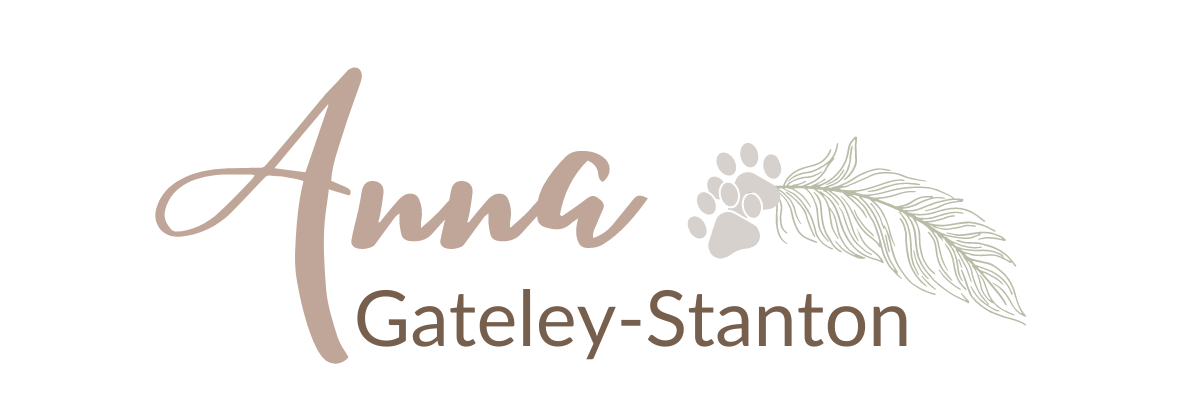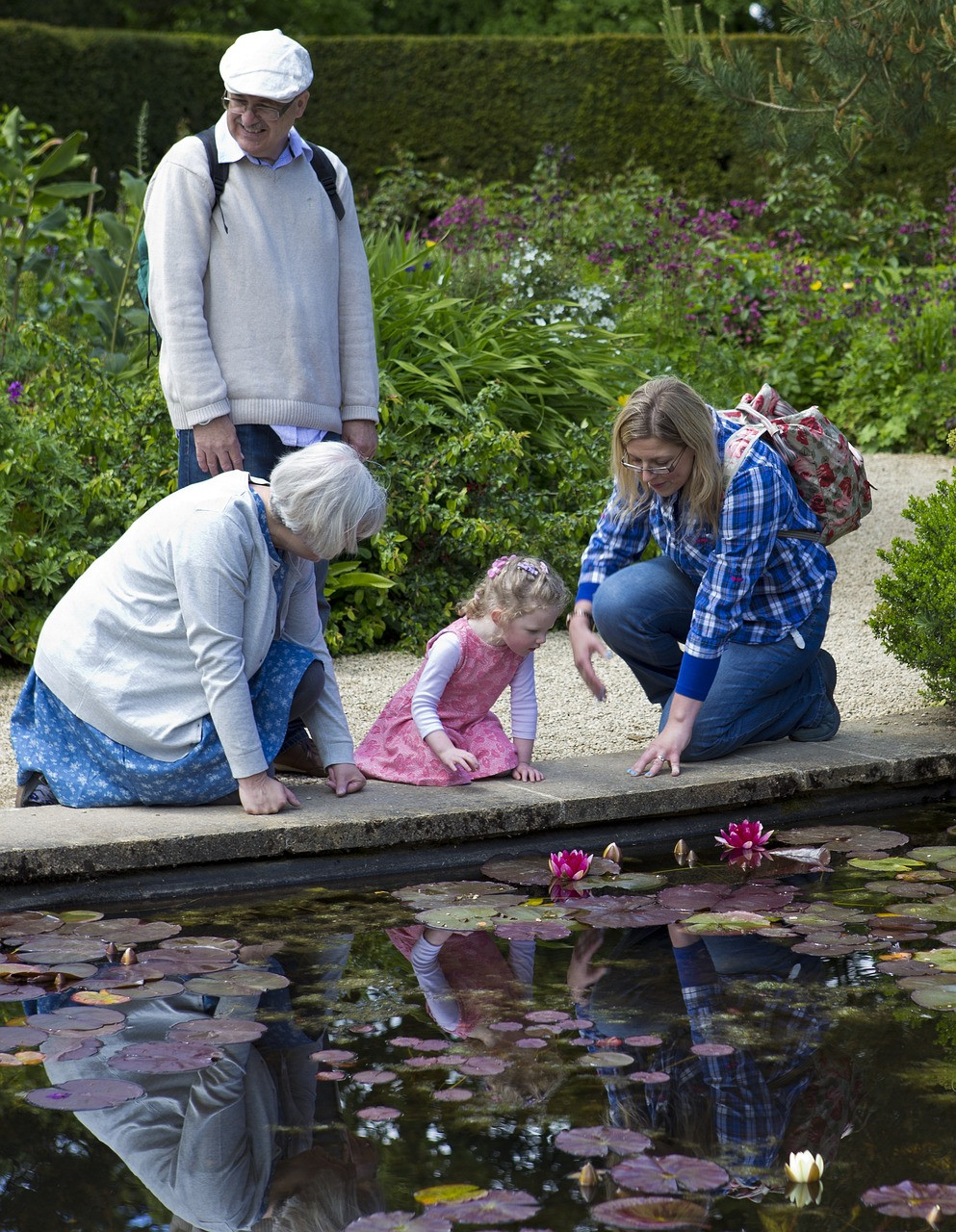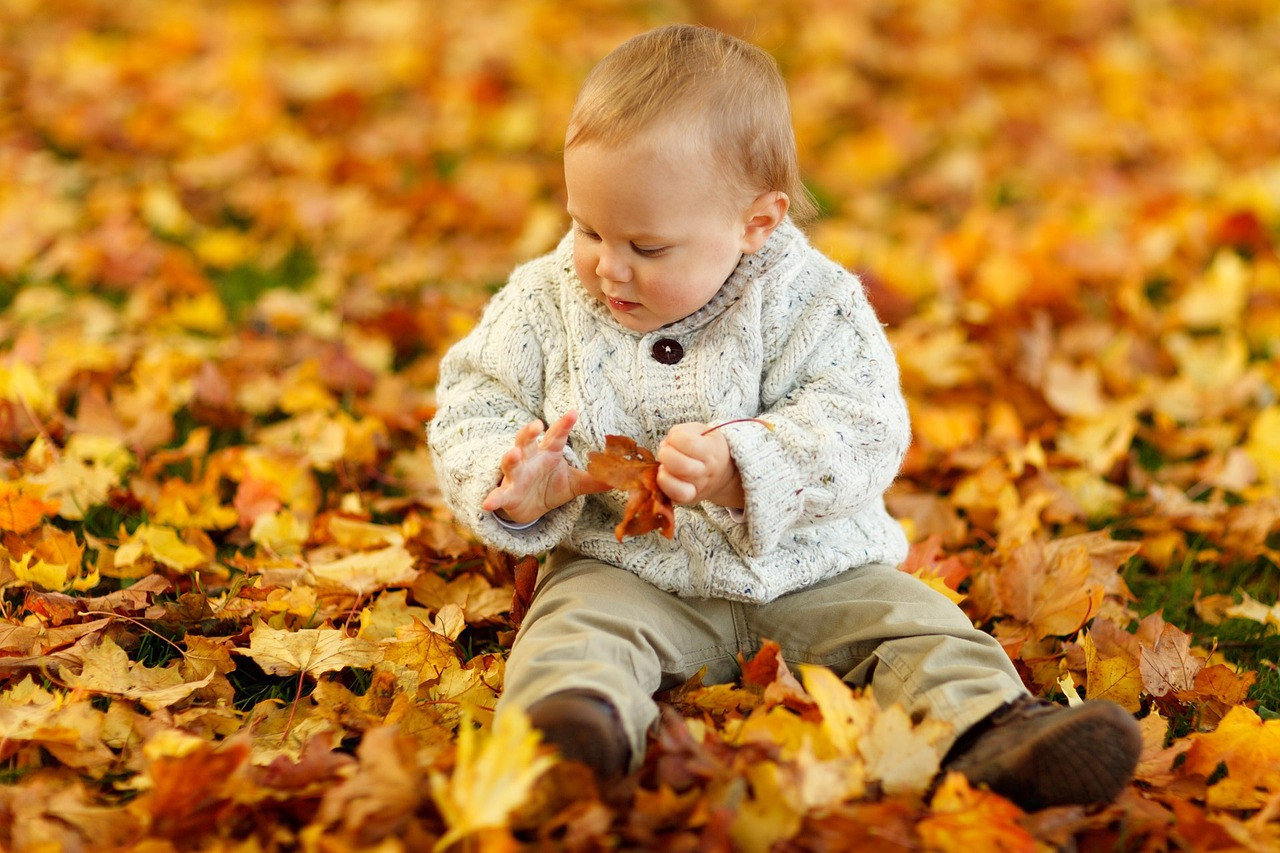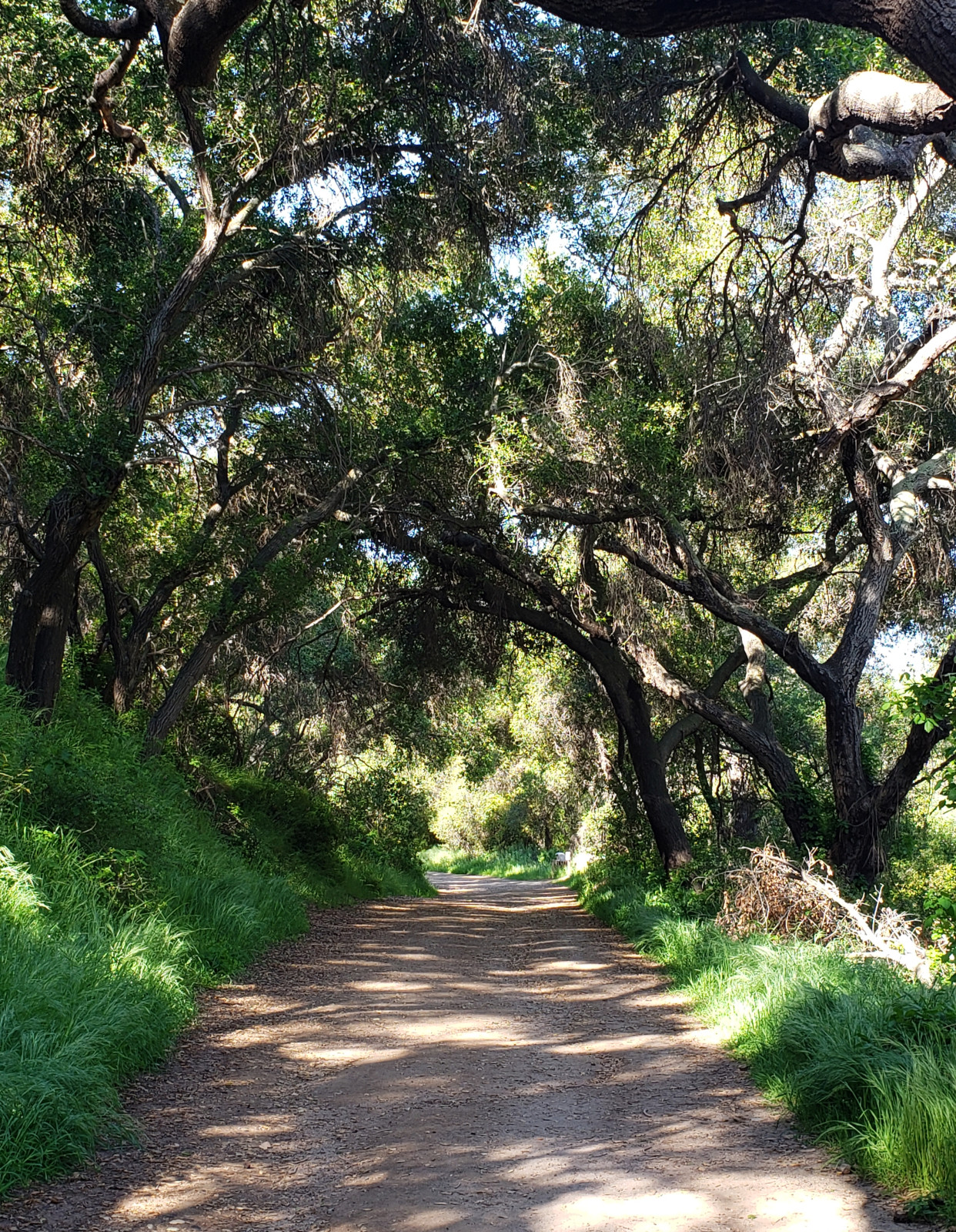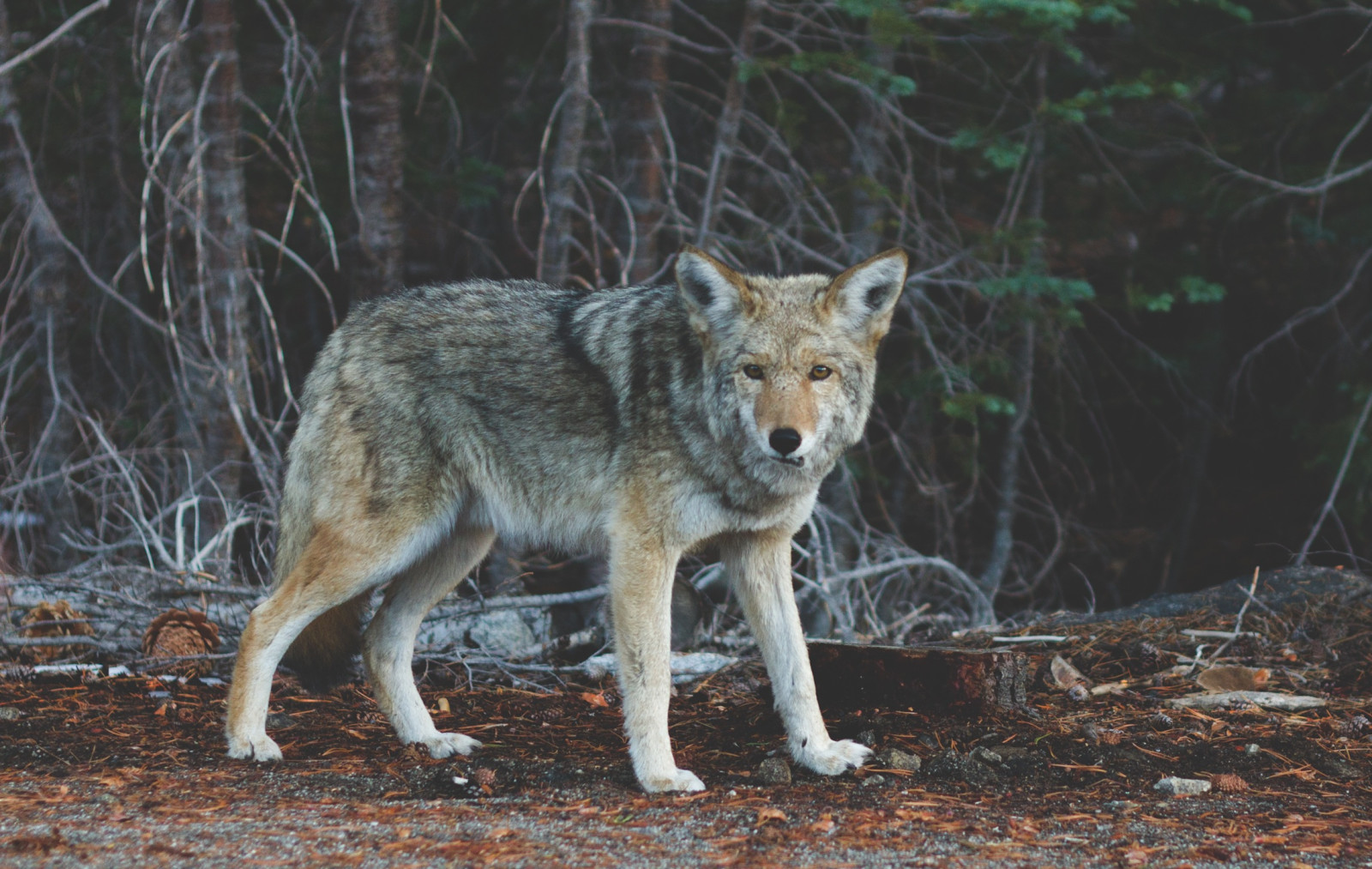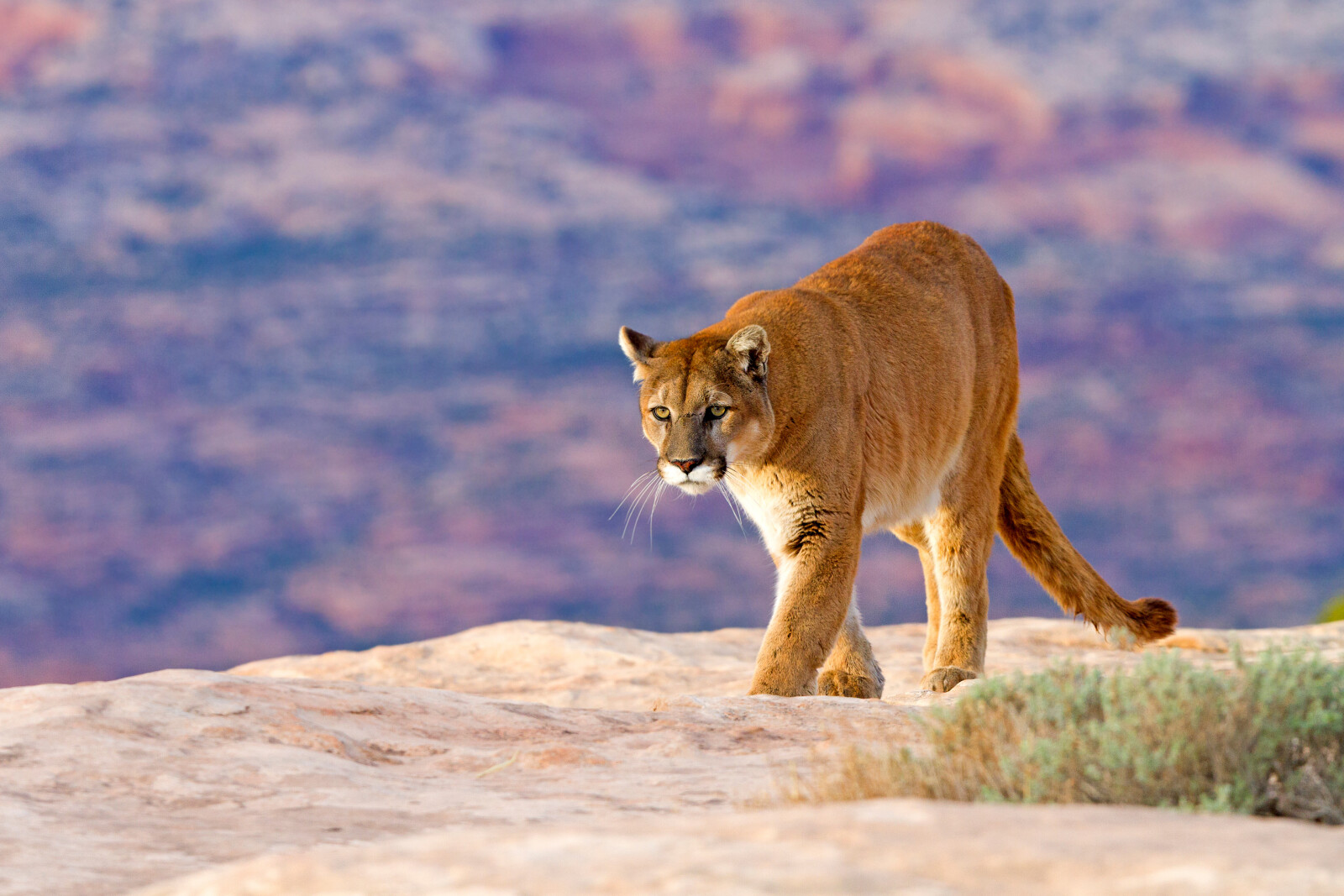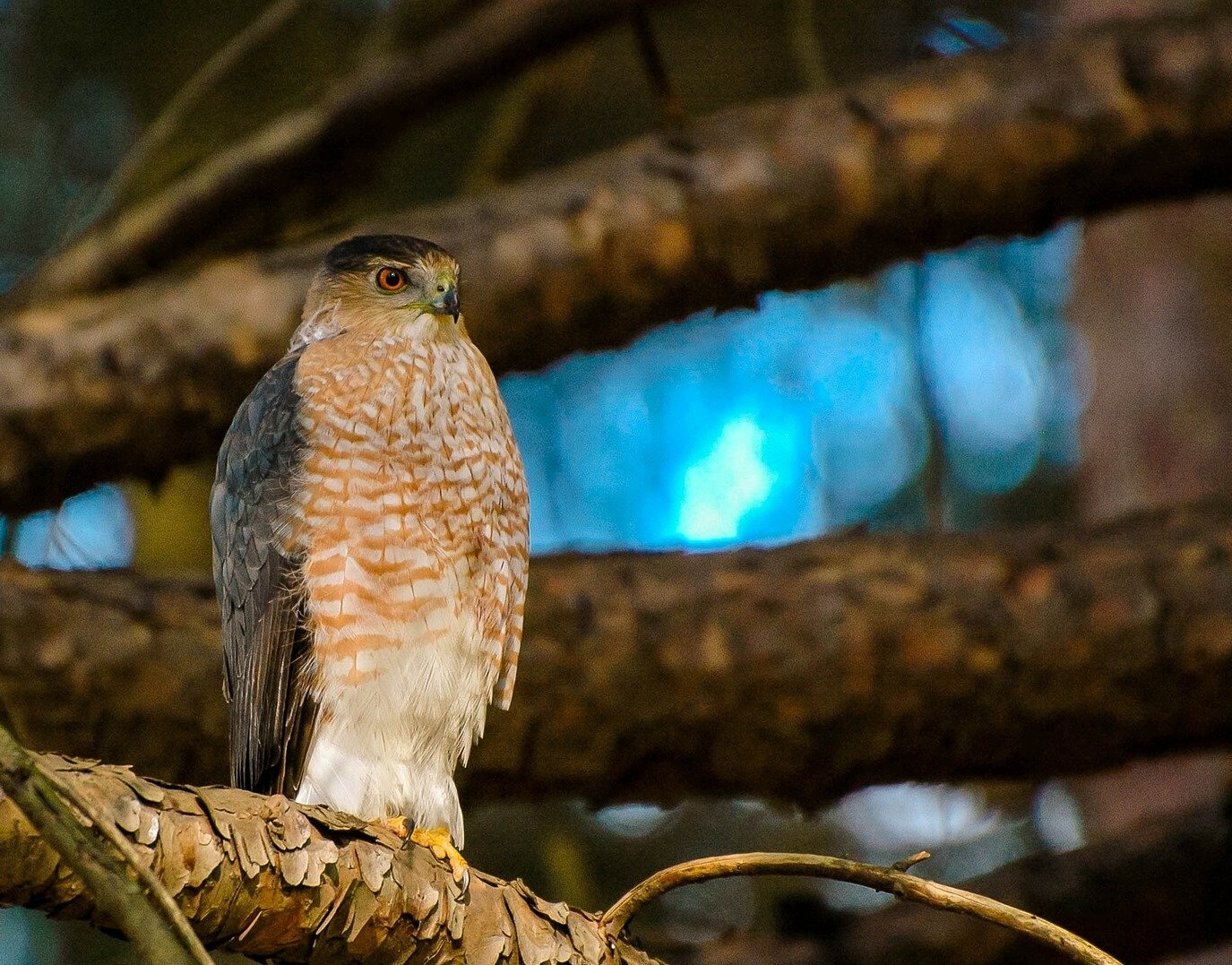
It was a long weekend, and so was my to do list. But I did manage to get some birding in for the GBBC. Some of it was even done from the car while driving home from work and the next few days while running errands! You don’t have to have boots on the ground and binoculars around your neck to bird.
As I turned onto the heading home after work Friday, I immediately saw some bird activity in a tree, and then caught sight of a Cassin’s Kingbird as it flew to another tree where I heard it calling. My first countable bird! By the time I had driven the 30-40 yards to my house, I’d also got Cooper’s Hawk, Mourning Dove, Yellow-rumped Warbler, and a whole bunch of Crows (they head northeast in the evening where they gather in huge numbers to roost and then head southwest again in the morning). The next morning, while driving home after running errands, I caught sight of two separate Red-tailed Hawks trying to find breakfast.
Mornings are an excellent time to bird, so while walking the dog Sunday morning, I added Phainopepla, Scrub Jay, Mockingbird, White Crowned Sparrow, and Lesser Goldfinch. The female Phainopepla, with her grayish brown color and crest, was singing and calling. I tried to get close enough to see her red eye, but without my binoculars, that didn’t happen.
My back yard feeder and fountain also attract birds, so over the four-day event, I added House Finch, California Towhee, Western Bluebird, Spotted Towhee, Rufous Crowned Sparrow, and Eurasian Collard Dove.
Since Monday was President’s Day, I decided to grab the dog and take her to the high school where she could wander around off-leash. Since I live on a canyon, off-leash is not a good idea at any parks close by, or even on the street leading to my house. But at the high school, she wandered and sniffed while I added additional species of Nuttall’s Woodpecker, Say’s Phoebe, Western Bluebird, European Starlings, and a few Western Gulls flying by and hanging out in the mall parking lot. I also saw two Anna’s Hummingbirds. I only saw one at first but knew there was a female close by because the male was doing his territorial/mating display. He climbs way up, then swoops down close to the female, fanning the tail feathers to make a loud popping sound, then climbs back up to do it again and again. Its fun to watch, and once you know what’s going on, you can usually find the female. I’ve also seen this display done to scare a California Towhee off the fence and out of a male’s territory, or so he thought!
All in all, I had a fun time birding during the Great Backyard Bird Count this year. I think 23 confirmed species is a good number for just fitting it in where I could.

Now that you know about feeding wildlife, let’s look at the other needs of wildlife.
Water
California and other parts of the Southwest are under draught conditions most of the time. As a result, wildlife is desperate for water sources.
So, as your shower water warms, capture the cold stuff in a bucket. You can use it to water plants, but also fill a bird bath or small animal drinking fountain. Every morning I enjoy watching four or five hummingbirds fight for the perfect perch to take a bath in a fountain. Bees also visit for a quick drink, and we always need bees around to pollinate crops.
When you return from a day trip, let the ice from your ice chest melt. You’ve now got water for your fountain or bird bath.
Shelter
Like you and me, animals need shelter for sleeping, as well as raising young. But they also need it for protection. When you decide where to place a feeder or fountain, put it close to a dense shrub or tree for cover. Sometimes darting into a shrub is the only way to escape a large predator like a Cooper’s Hawk.
If you’re in a rural area and have the space, even a brush pile of limbs and branches can serve as shelter for sleeping or nesting wildlife.
Some people have luck with nesting boxes or nesting shelves, but not me. The native trees and shrubs in the canyon probably provide much nicer locations than a wooden shelf or clay nesting box.
If you don’t mind bats for neighbors, you might try a bat box. It’s a great place for bats to roost during daylight, and when they leave to forage at night, they’ll help rid your neighborhood of thousands of mosquitos and other insects.
Now that you know how to create a wildlife friendly yard, what will you provide? Will it be food? Water? Shelter? Or will it be all three?
